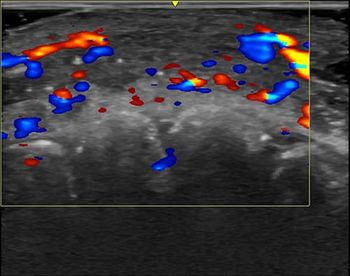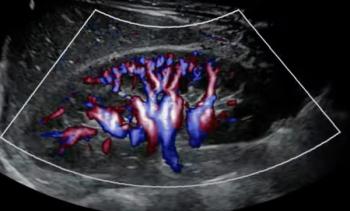
Mercury Computer prepares to evolve video gaming chip for medical imaging
It’s game on for Mercury Computer. The Chelmsford, MA, developer of high-performance computing components for defense and medical imaging applications is partnering with IBM to integrate technology developed for the video gaming industry. The resulting products will mark the first use of Cell microprocessor technology outside the gaming industry, according to Mercury.
It's game on for Mercury Computer. The Chelmsford, MA, developer of high-performance computing components for defense and medical imaging applications is partnering with IBM to integrate technology developed for the video gaming industry. The resulting products will mark the first use of Cell microprocessor technology outside the gaming industry, according to Mercury.
The Cell processor was developed over the last four years by IBM, Toshiba, and Sony Group. It combines eight synergistic computing elements and a controller into a single 64-bit central processing unit, all sharing the same memory and delivering peak performance of more than 200 billion operations per second. The Cell was developed initially for rapid image rendering of the kind demanded by high-performance video games, which are becoming increasingly realistic. It will appear next year in Sony's PlayStation 3 and a line of its high-definition television systems.
IBM approached Mercury in early 2005 with the idea of developing this technology for applications outside consumer electronics. Mercury plans to build Cell into defense, life sciences, seismic, and industrial applications. Mercury's arrangement with IBM does not preclude other such partnerships between the developers of the technology and OEMs. But Mercury has an inside track, according to Marcelo G. Lima, Mercury's vice president of life sciences and VP of commercial imaging and visualization solutions, given its history in the development of such components and the head start achieved through its alliance with IBM.
"It's not easy for others to build the algorithms to take advantage of this technology," Lima said. "We have a huge advantage in this, and we are very comfortable with that advantage."
Mercury will also be able to tap into the expertise of IBM's Engineering and Technology services unit, which has agreed to collaborate on the development of future products. The first products from this partnership could appear in several months at the RSNA meeting. They will be focused on real-time reconstructions and interventional applications, according to Lima, who expects Cell technology to offer improvements in both speed and image quality.
Speed will come from the inherent computing capabilities of the technology, namely its ability to process more data faster. This same capability can be leveraged to run complex data filters, thereby improving image quality. Complex filters are particularly important when doing dynamic or iterative reconstructions to get the best quality images, according to Lima.
"You can go for brute force speed, or you can go for image quality improvements," he said. "Either way, Cell technology will change how we do things."
Newsletter
Stay at the forefront of radiology with the Diagnostic Imaging newsletter, delivering the latest news, clinical insights, and imaging advancements for today’s radiologists.




























